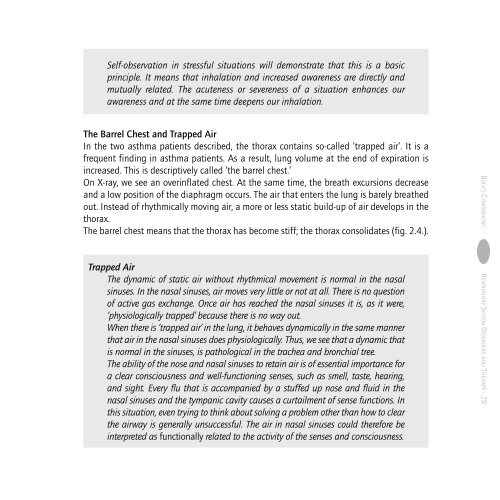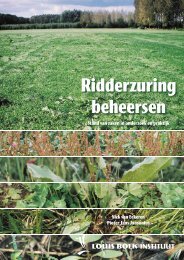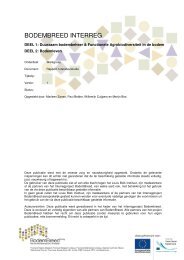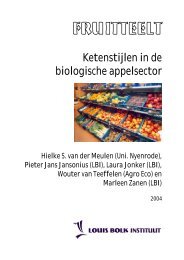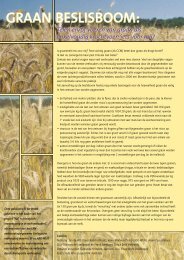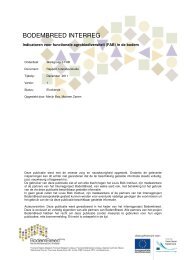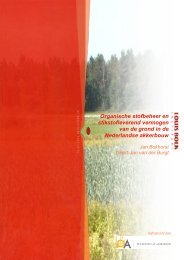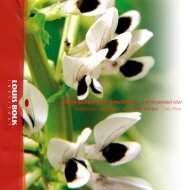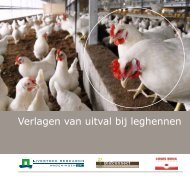Respiratory System Disorders and Therapy From a New - Louis Bolk ...
Respiratory System Disorders and Therapy From a New - Louis Bolk ...
Respiratory System Disorders and Therapy From a New - Louis Bolk ...
Create successful ePaper yourself
Turn your PDF publications into a flip-book with our unique Google optimized e-Paper software.
Self-observation in stressful situations will demonstrate that this is a basic<br />
principle. It means that inhalation <strong>and</strong> increased awareness are directly <strong>and</strong><br />
mutually related. The acuteness or severeness of a situation enhances our<br />
awareness <strong>and</strong> at the same time deepens our inhalation.<br />
The Barrel Chest <strong>and</strong> Trapped Air<br />
In the two asthma patients described, the thorax contains so-called ‘trapped air’. It is a<br />
frequent finding in asthma patients. As a result, lung volume at the end of expiration is<br />
increased. This is descriptively called ‘the barrel chest.’<br />
On X-ray, we see an overinflated chest. At the same time, the breath excursions decrease<br />
<strong>and</strong> a low position of the diaphragm occurs. The air that enters the lung is barely breathed<br />
out. Instead of rhythmically moving air, a more or less static build-up of air develops in the<br />
thorax.<br />
The barrel chest means that the thorax has become stiff; the thorax consolidates (fig. 2.4.).<br />
Trapped Air<br />
The dynamic of static air without rhythmical movement is normal in the nasal<br />
sinuses. In the nasal sinuses, air moves very little or not at all. There is no question<br />
of active gas exchange. Once air has reached the nasal sinuses it is, as it were,<br />
‘physiologically trapped’ because there is no way out.<br />
When there is ‘trapped air’ in the lung, it behaves dynamically in the same manner<br />
that air in the nasal sinuses does physiologically. Thus, we see that a dynamic that<br />
is normal in the sinuses, is pathological in the trachea <strong>and</strong> bronchial tree.<br />
The ability of the nose <strong>and</strong> nasal sinuses to retain air is of essential importance for<br />
a clear consciousness <strong>and</strong> well-functioning senses, such as smell, taste, hearing,<br />
<strong>and</strong> sight. Every flu that is accompanied by a stuffed up nose <strong>and</strong> fluid in the<br />
nasal sinuses <strong>and</strong> the tympanic cavity causes a curtailment of sense functions. In<br />
this situation, even trying to think about solving a problem other than how to clear<br />
the airway is generally unsuccessful. The air in nasal sinuses could therefore be<br />
interpreted as functionally related to the activity of the senses <strong>and</strong> consciousness.<br />
<strong>Bolk</strong>’s Companions RespiRatoRy system DisoRDeRs anD theRapy - 29


